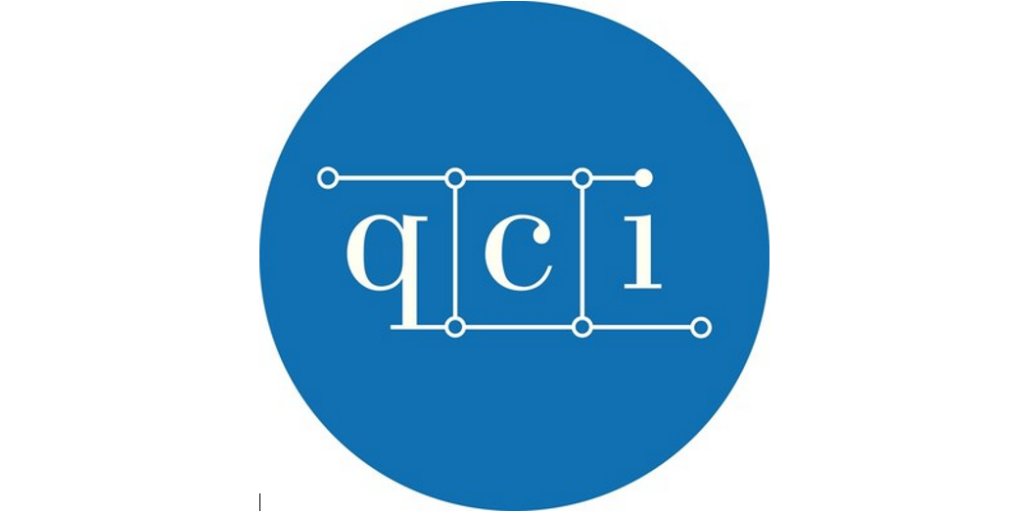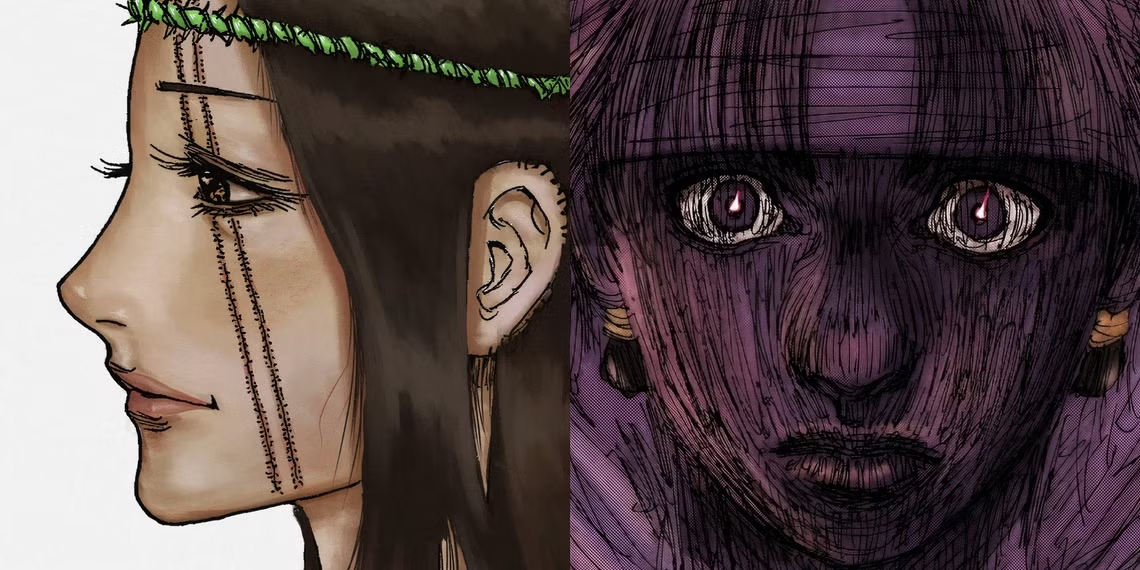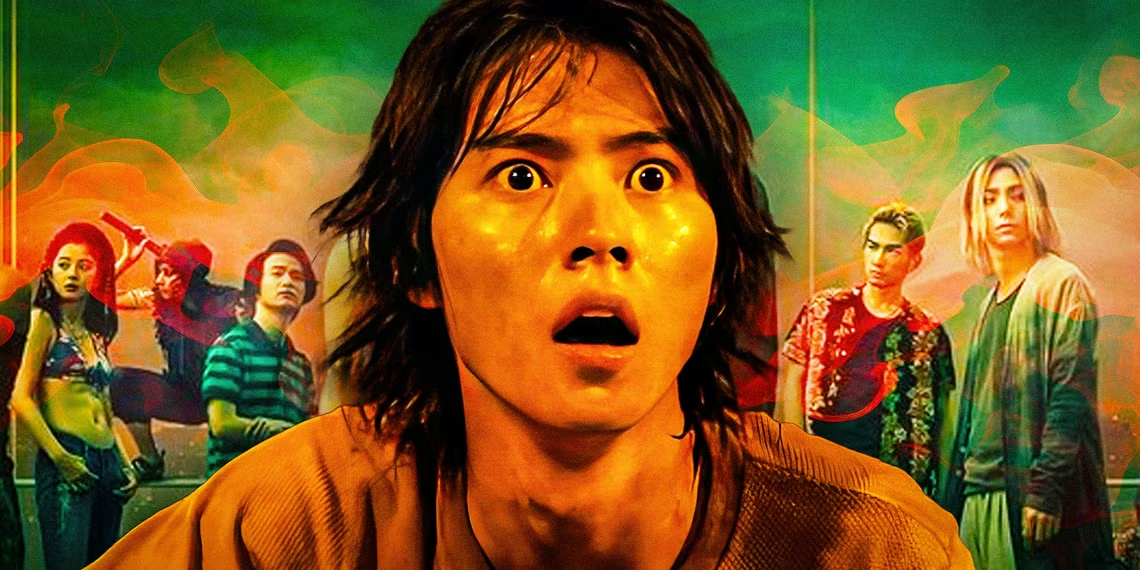Machar and Kiir: they once smiled but what were they each thinking?
[Hopes And Impediments]
Students of revolutions and African decolonization are not surprised about the current power struggle in South Sudan because this has happened after many revolutions and African decolonization struggles.
On December 18, 2013, when I appeared on Arise America television news I offered the following analysis:
An enemy’s enemy is a friend bringing groups together with conflicting interests to remove a common enemy.
These groups sometimes fight one another or even split in a group while fighting a common enemy. By way of comparison with South Sudan, let us examine what happened after revolutions in France, Mexico, Russia and Ethiopia and decolonization in Uganda, Mozambique and Zimbabwe.
During the French Revolution, members of the moderate nobility, parish priests and commoners joined forces and revolted against the king. Immediately after the revolution, there followed a civil war as individuals such as Robespierre fought for power. The Jacobins and Girondins in particular guillotined each other.
In the 1910 Mexican Revolution supporters of Francisco I. Madero, Pancho Villa and Emiliano Zapata joined forces against President Porfirio Diaz. Immediately upon Diaz’s ouster, the three groups turned against one another in a civil war until a new leadership emerged.
The Russian Revolution followed a similar pattern. The peasants and urban workers unhappy about WWI, food and energy shortages and land distribution joined hands against Czar Nicholas II and forced him to abdicate. After that, members of the provisional government turned against one another, opening the door for the communists to revolt under Vladimir Lenin. Following his death, there was another round of power struggle among Nikolai Bukharin, Leon Trotsky and Joseph Stalin.
Stalin won and ruled ruthlessly until he was poisoned in 1953.
The Ethiopian revolution of 1974 was initiated by peasants, students, workers, unemployed and joined by the military in the final phase. Soon after Emperor Haile Selassie was overthrown, the military assumed power which the civilians resented and demanded a people’s government, leading to the struggle between the military and the civilian population.
Within the military there was also a struggle which Mengistu Haile Mariam won after eliminating his opponents.
African decolonization also involved different groups with diametrically opposed interests joining hands to defeat a common opponent and then turning against each other as individuals struggled for political power as in Kenya, between Jomo Kenyatta and Oginga Odinga.
In Uganda the conservative Protestant group (Kabaka Yekka) in Buganda joined forces with radical Protestant group (UPC) outside Buganda to defeat the Catholic group (DP). After independence in 1962 KY and UPC struggled for national power and within UPC Grace Ibingira and Milton Obote for control of the party. UPC and Obote won the struggle with support across tribal lines.
In colonial Mozambique, different groups joined forces to overthrow the Portuguese government. However, within FRELIMO, the liberation movement, the struggle for power resulted in the assassination of its first President Eduardo Mondlane. After independence, a struggle for power ensued between President Samora Machel of FRELIMO and the Renamo leader Afonso Dhlakhama with backing of Southern Rhodesian and South African governments. These groups were not tribal-based.
In Zimbabwe two largely tribal-based guerrilla groups came together as ZANU-PF and ZAPU-PF to defeat Ian Smith government. Within ZANU a power struggle had led to the assassination of Herbert Chitepo and presumably to Josiah Tongogara shortly before independence. After independence in 1980 a civil war erupted between ZANU-PF of Mugabe and ZAPU-PF of Nkomo, with support across tribal lines.
It is important to note that by and large these struggles are basically personal in pursuit of political power with support of people from different tribes.
Likewise, in South Sudan today, the struggle for power is personal drawing support from different groups. Originally the contest was between the late John Garang, a Dinka, and Riek Machar, a Nuer.
Today the struggle is between President Salva Kiir, a Dinka, and Machar, whom he dismissed as Vice president in July, 2013. When the Sudanese Peoples Liberation Movement (SPLM) split into SPLM-Main led by Garang and SPLM-Unity led by Machar the two groups were supported by members from different groups and not purely along Dinka and Nuer tribal lines.
The information filtering through suggests that the struggle is not strictly tribal. There are many Dinka people unhappy with Kirr’s administration that would want to see him go.
We should therefore avoid jumping to the conclusion that conflicts are always driven by “tribal interests” especially in Africa.
Eric Kashambuzi, UN Foundation






